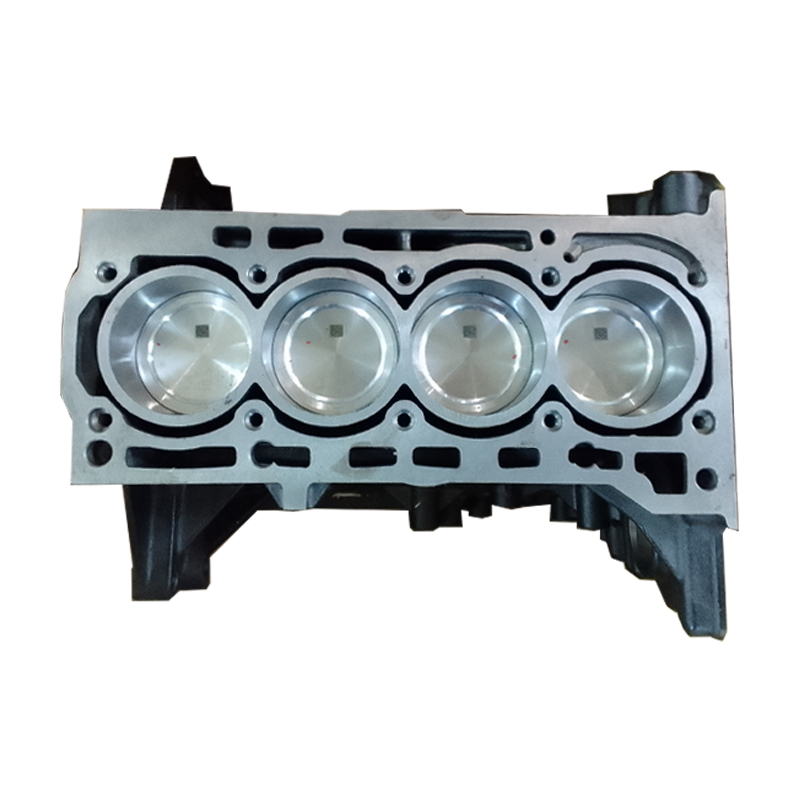Reduce downtime by using a well-maintained clp engine.
Reduce downtime by using a well-maintained clp engine.
Blog Article
Exactly How a Clp Engine Can Improve Efficiency in Numerous Industries
The arrival of CLP engines notes a significant shift in functional performance across different sectors, driven by their capability to maximize fuel usage and decrease downtime. Industries such as production and logistics stand to get significantly from their robust design and regular power output, which assure to enhance operations and enhance performance. As organizations significantly focus on sustainability alongside effectiveness, the function of CLP engines comes to be a lot more critical. What stays to be seen is how these improvements will certainly shape the future landscape of commercial procedures and their impact on wider financial trends (clp engine).
Overview of CLP Engines
CLP engines, or Continuous Liquid Propellant engines, stand for a substantial innovation in propulsion modern technology, specifically for area applications. These engines use a continuous feed system that permits the sustained expulsion of propellant, resulting in enhanced performance and efficiency compared to conventional solid or hybrid propulsion systems. By keeping a consistent circulation of liquid propellant, CLP engines can achieve extra specific drive control, which is critical for navigating spacecraft in different mission circumstances.
The layout of CLP engines integrates advanced materials and cutting-edge gas monitoring systems. clp engine. This results in reduced weight and raised dependability, vital elements for long-duration room objectives. Additionally, the continual operation decreases the risk of burning instability, an usual challenge in traditional rocket engines.

Benefits in Manufacturing
The production of Continuous Fluid Propellant (CLP) engines offers a number of remarkable benefits that enhance both efficiency and cost-effectiveness. Among the key benefits is the streamlined production procedure, which decreases the intricacy associated with conventional propulsion systems. By making use of fluid propellant, makers can achieve greater precision in engine performance, bring about enhanced energy outcome and decreased waste.
Additionally, CLP engines help with a greater level of modularity, enabling much easier assimilation into numerous production lines. This flexibility can dramatically reduce lead times and improve general functional flexibility. Making use of CLP innovation additionally often tends to lessen the need for extensive upkeep as a result of less relocating components, which converts into minimized downtime and operational prices.

Applications in Logistics
Leveraging Continual Fluid Propellant (CLP) engines in logistics uses substantial benefits in functional performance and integrity. These engines give a durable remedy for numerous transport demands, making it possible for the smooth activity of items throughout huge ranges. The intrinsic style of CLP engines enables for constant power outcome, which equates into smoother and much more predictable transportation timetables.
Among the vital applications of CLP engines in logistics remains in sturdy products transportation, where they can drive both ground and airborne cars. Their ability to keep high efficiency under differing load conditions ensures that distribution timelines are fulfilled, consequently improving customer complete satisfaction. Furthermore, CLP engines can be integrated right click reference into automated logistics systems, promoting real-time monitoring and optimizing course preparation.
Additionally, the longevity of CLP engines minimizes maintenance downtime, allowing logistics firms to maximize their operational capabilities. This is specifically helpful in warehousing procedures, where effectiveness in handling and moving items is vital. As logistics remains to evolve, the assimilation of CLP engines stands for a forward-thinking technique that not only improves efficiency but also supports the sector's expanding needs for dependability and speed.
Influence On Power Effectiveness
How do Continuous Fluid Propellant (CLP) engines improve energy performance in transport? CLP engines use a consistent circulation of fluid fuel, optimizing burning processes and preserving a stable drive output. This layout reduces energy losses related to traditional burning engines, where fuel distribution can differ and result in inefficiencies.
The constant procedure of CLP engines allows for a more efficient thermal cycle, causing higher specific impulse compared to traditional engines. clp engine. This translates to minimized fuel intake for the very same amount of job done, significantly reducing operational costs across numerous transportation fields, consisting of air travel and maritime industries
In addition, the capacity of CLP engines to preserve ideal efficiency under differing lots problems lowers the need for frequent acceleration and deceleration, additionally improving fuel efficiency. Enhanced power effectiveness not just adds to set you back financial savings yet additionally leads to reduce greenhouse gas exhausts, straightening with international sustainability goals.
Future Trends and Innovations
Emerging advancements in Continual Liquid Propellant (CLP) engine technology guarantee to reinvent the landscape of transport efficiency and sustainability. As industries pivot towards greener alternatives, CLP engines stand at the center, incorporating ingenious materials and design approaches that enhance efficiency while decreasing ecological effect.
One of one of the most encouraging patterns is the adoption of crossbreed systems that integrate CLP engines with sustainable power sources. This harmony can enhance gas usage and decrease emissions, straightening with worldwide sustainability goals. Innovations in computational fluid characteristics (CFD) are promoting the style of even more aerodynamically effective engines, leading to reduced drag and boosted fuel performance.
Moreover, the development of clever tracking systems is readied to enhance functional performances. These systems take advantage of information analytics this post and IoT innovation to enhance engine efficiency in real-time, making sure that the engines operate within their most reliable specifications.
As research remains to explore different propellant formulations-- such as biofuels and synthetic gas-- the future of CLP engines looks appealing. By using these advancements, sectors can not only enhance their performance but likewise add considerably to a cleaner, a lot more lasting future in transportation.
Final Thought
In conclusion, CLP engines represent a considerable innovation in performance throughout numerous sectors. The assimilation of innovative products and less relocating components decreases upkeep needs, while placement with sustainability objectives placements CLP engines as an essential modern technology for the future.
Report this page